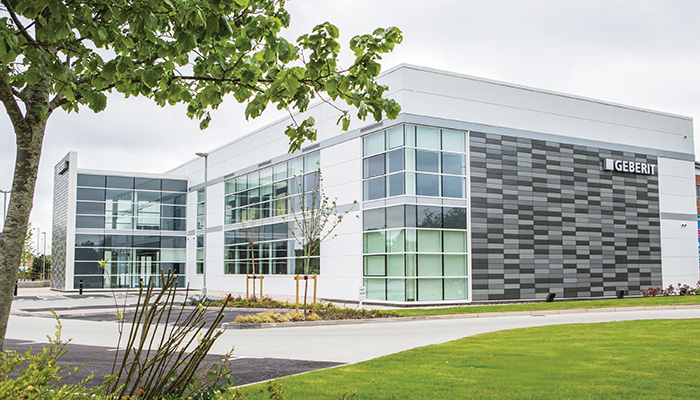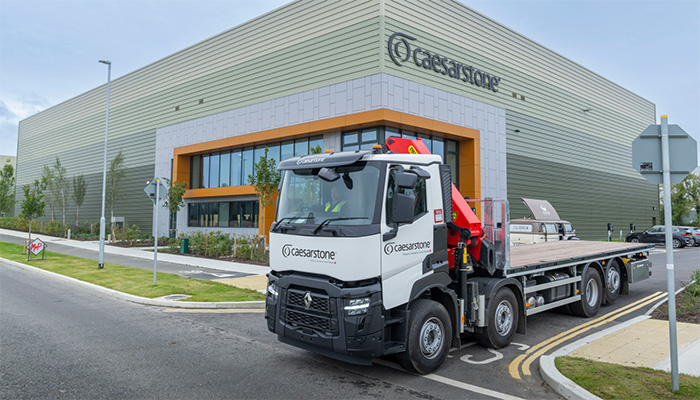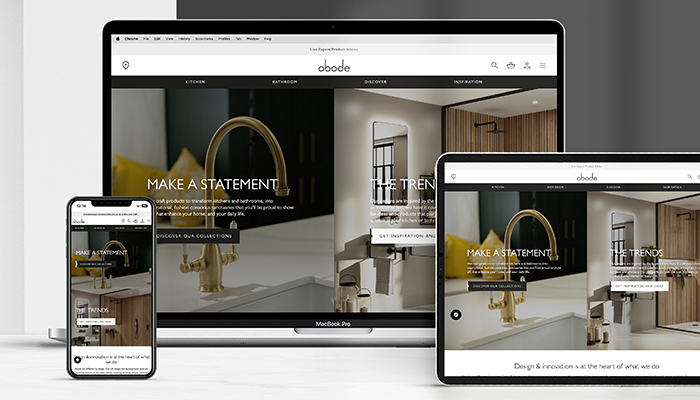Predicting the future of design, apps, engineering and social media means having a lot of balls to juggle, so to help with your future-proofing, Katrina Bell reveals 5 ways the digital marketing landscape will change in 2024.
1. AI is your new best friend
Whether you are a marketing maven or a rank beginner, the likes of ChatGPT are set to creep into your daily life. Knowing what the parameters are before you request an outcome will determine your success. You might be writing a job description or trying to create an engaging reel for your Insta about a new product – AI can be your time-saving smart assistant if given the right prompts. If you are stumped as to what AI can do for you, take a look at There’s an AI for That which will open your eyes to how many tasks can be automated without any knowledge of coding needed.
2. Evergreen content
Whether it’s on your socials or a page on your website, the value of content that has a timeless appeal and is search engine optimised successfully will be proven over time. Topics such as health, family, life-changing events have a universal relatability, so take extra time to create a backbone for your marketing with evergreen content. Answering a common question about a product will always do well and isn’t reliant on news events to drive traffic. What is something you are always being asked? Can you create an explainer video to create a bond of trust with consumers?
3. Not so social media
While X/Twitter’s implosion continues and Meta’s stable of an ageing Facebook and a limping Threads continues to flounder around, brands will have to wake up to the fact that Gen Xers and Millennials are now communicating in private groups and direct messages rather than publicly. Social apps have less of a role to play. That shift away also affects how you have dialogues with customers. These ‘always-online’ punters aren’t going to be fobbed off with a generic contact email address, a telephone number or, worst of all, an online form. DMs are the future in a frictionless transfer from online to the real world.
4. Social commerce is here to stay
Given how much time we spend on social apps, it’s hardly surprising we expect to shop there also. For the best example of a platform embracing product discovery and integrated shopping experience, Pinterest is the place to explore. Working directly with retailers by sharing its AR tech, expect to see Pinterest-branded augmented displays on your high street. Linked with that will be an increase in shopping and ad features that have shaped Pinterest’s role as a visual inspiration platform whose users actively seek out a commerce button rather than find them an irritant or distraction.
5. Transparent websites
With consumers watching the pounds, can your website compare external prices and features? If you are the ones to show a buyer the differences and benefits of your offering your ‘confidence score’ will go up as they see you as being inherently open and honest. You have harnessed their tyre-kicking behaviour by keeping them browsing your site. Nobody really likes researching comparative purchases, so if you do the work for them, you can be the hero that makes the job easier.


















